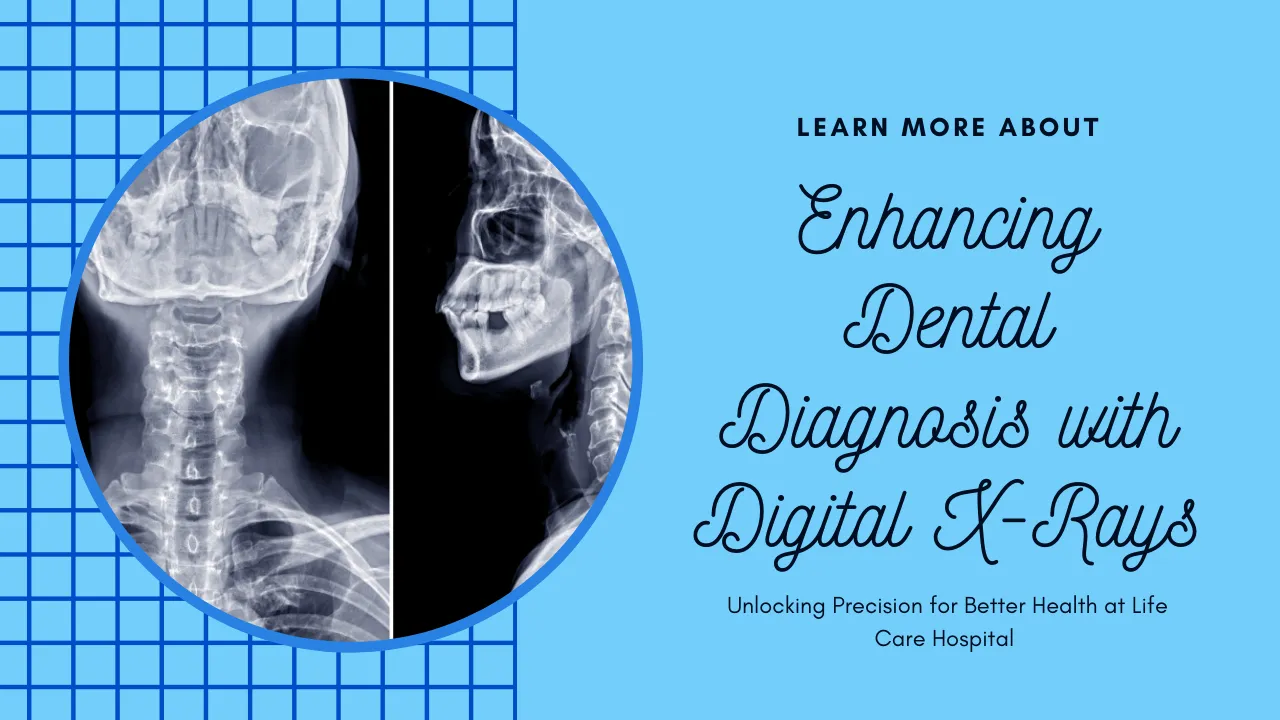Introduction
In recent years, technological advancements have revolutionized various industries, and dentistry is no exception. One of the most significant breakthroughs in dental diagnostics has been the adoption of digital X-rays. This cutting-edge technology has transformed the way dentists examine and diagnose oral health issues, leading to more accurate and efficient treatments. In this blog, we will explore the benefits of digital X-rays and how they have unlocked precision in dental diagnosis. Read More
The Evolution of Dental X-Rays
Traditional dental X-rays have been in use for decades, providing valuable insights into dental health. However, they had their limitations, such as the time-consuming development process, exposure to higher levels of radiation, and the need for physical storage space for the films. With the advent of digital X-rays, these issues have been addressed, opening up new possibilities in dental diagnostics.
The Advantages of Digital X-Rays
1. Reduced Radiation Exposure
Digital X-rays significantly reduce radiation exposure compared to traditional film X-rays. This is because digital X-ray sensors are more sensitive and require much less radiation to capture high-quality images, making them safer for both patients and dental professionals.
2. Enhanced Image Quality
The digital format allows for the immediate capture of images, eliminating the need for film processing. Dentists can now view detailed and high-resolution X-rays on a computer screen, enabling better visualization of dental structures and potential issues.
3. Efficient Data Management
Digital X-rays can be easily stored, retrieved, and shared electronically. This eliminates the need for physical storage space and reduces the risk of films being misplaced or damaged. Dentists can access patients’ X-rays instantly, streamlining the diagnosis and treatment planning process.
Improved Diagnosis and Treatment Planning
1. Better Detection of Dental Issues
Digital X-rays allow for zooming in and adjusting the image’s contrast, making it easier for dentists to identify even the smallest dental problems. Early detection means timely intervention, preventing the escalation of oral health issues.
2. Precise Treatment Customization
With clearer and more detailed images, dentists can develop personalized treatment plans for each patient. Digital X-rays help in accurate treatment placement and reduce the risk of errors during procedures.
3. Patient Education
Digital X-rays empower patients to better understand their oral health conditions. Dentists can visually explain the diagnosis using digital images, leading to improved patient awareness and cooperation in the treatment process.
Environmentally Friendly Approach
Digital X-rays are eco-friendly since they do not require chemical processing for development, reducing hazardous waste generation. By adopting this technology, dental practices contribute to a greener and sustainable environment.
Conclusion
Digital X-rays have undoubtedly transformed the landscape of dental diagnostics, unlocking a new level of precision in identifying and treating oral health issues. With reduced radiation exposure, enhanced image quality, and efficient data management, this technology has proven to be a game-changer in modern dentistry. By embracing digital X-rays, dental professionals prioritize patient safety, improve diagnosis accuracy, and contribute to a greener planet. As technology continues to advance, we can expect even more groundbreaking innovations in the field of dentistry, ultimately benefiting both patients and practitioners alike.

